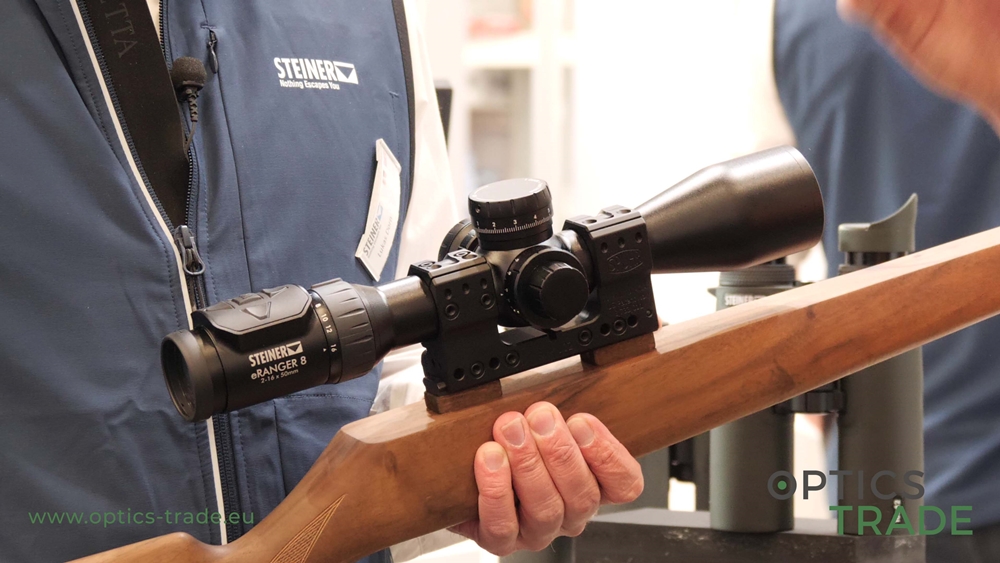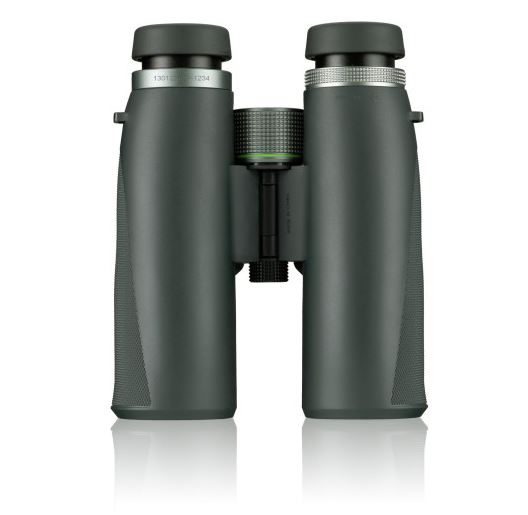Introduction
Did you know that we should technically see the world upside down? However, our brain is wired in such a way that it automatically flips the image. This is the same with binoculars and prisms. Without them, the image we see would be backward and upside down. That is why prisms play an essential factor in a pair of binoculars.
Binoculars magnify what we observe and make the world we see through them seem bigger. The type of binoculars is defined by the kind of prism they have. Such prisms are pieces of glass, helpful when analyzing and reflecting light.
Prisms, or so-called erecting prisms, flip the image upside down and face it towards the viewer, as they normally would. This is their initial role. These implements come in two standard types of binoculars, that is to say, the roof prism and Porro prism binoculars.
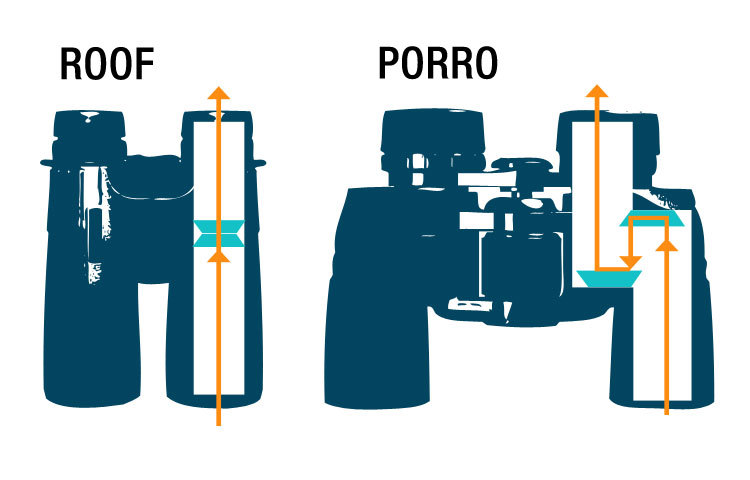
Source: Optics Guide
The Function of Prisms
The main function of prisms is to adjust the image orientation of the target. As we mentioned, the image first appears upside down, but, as you would most likely not be happy with such an image, the prisms inside turn it around for the user to observe as they please.
Another function of prisms is to lessen the light path and to create smaller binoculars. They change the light path and consequently decrease the binoculars’ size, making them easier to handle, which always proves to be an advantage.
Roof Prisms
The roof prism, or as some would call it, the Dach prism, has German roots. The binoculars that sport this kind of a prism have the eyepiece and the objective lens aligned. At first sight, they may seem simpler than Porro prisms, however, the insides are more complex than one may think. This is also the reason why they are more expensive, as they cost more to produce.
These optics are lightweight and compact, as well as easy to use. Roof binoculars sport a narrow hinge and look like the letter H. When travelling, roof binoculars would be a favorable options over Porro prism binoculars, as they are made to be more durable and usually waterproof. When it comes to the most common roof prisms, they are the Schmidt-Pechan prisms and the Abbe-Koenig prism.
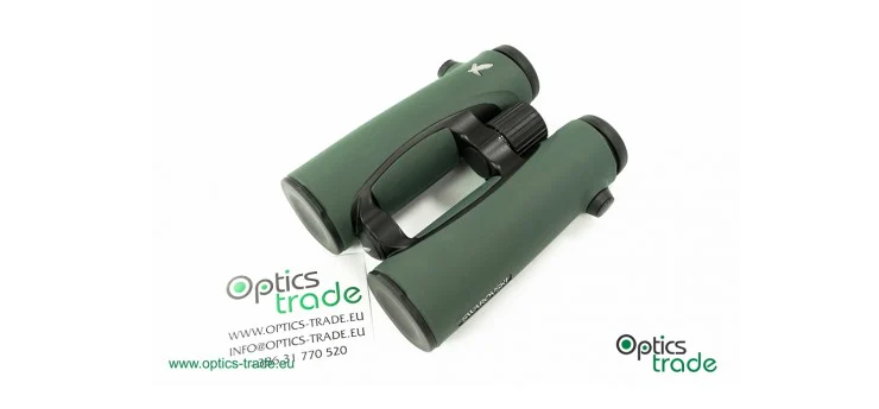
Porro Prisms
If you are a big fan of war films, or if you have a poster of a safari movie up on your wall, you have probably come across Porro prism binoculars. We mentioned that the roof prisms result in a letter H, but Porro prisms make the shape of two Z’s. They feature offset eyepieces to the objective lenses.
The Italian Porro prism is named after its inventor Ignazio Porro. They are cheaper than roof prisms, as they are also cheaper to produce, not waterproof, and not as durable. If your goal is to view nature from your window or to observe the nightingale that just appeared on your neighbor’s balcony, these will do.
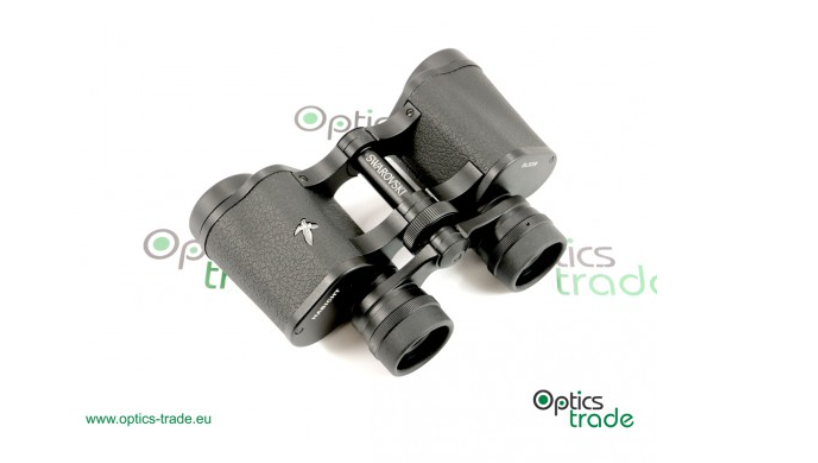
Conclusion
A prism is a necessary part of binoculars in order for the image to be turned the right way, as well as small enough to allow holding them in your hands due to their shorter optical path. Porro or roof prism, the choice is up to you. Porro prism binoculars were the standard until the 1960s, now, mostly roof prisms are used. But if you call yourself an old soul and a fan of the vintage look, Porro prism binoculars are also great — as long as they do the job.

